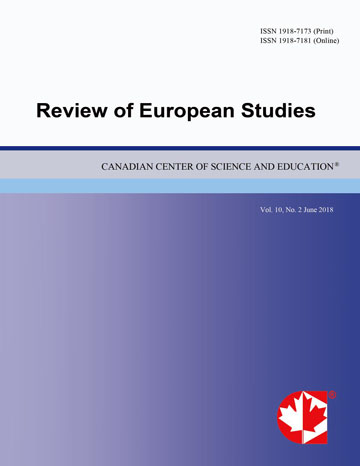Kinds of the Attribute in the Mari Language
- Galina L. Sokolova
- Elena L. Yandakova
- Andrej V. Richkov
Abstract
This article is devoted to research of the kinds of the attribute in the Mari language. According to the different features five kinds of the attribute are distinguished. They are expanded and not expanded; isolated and not isolated; prepositive and post-positive; coordinated and uncoordinated; homogeneous and inhomogeneous. In the Mari language attributes can be subject to semantically equal and unequal dependent words in the same or different morphological forms. Separation of the Mari attributes occurs in the case of postposition and there is also its coordination with the determining word. In the Mari language determining of the postpositional attributes is associated with emotional coloring of speech. During the research it was found that the preposition and postposition of the attribute characterize them as uncoordinated and coordinated. The homogeneous attributes are different from inhomogeneous ones in that they are connected with coordinative bond and they exercise identical syntax functions and characterize person or object on the different sides. All these kinds of the attributes give the most complete picture of parts of the sentence in the Mari language.
- Full Text:
 PDF
PDF
- DOI:10.5539/res.v7n8p88
Index
- ACNP
- CNKI Scholar
- DTU Library
- Elektronische Zeitschriftenbibliothek (EZB)
- EuroPub Database
- Excellence in Research for Australia (ERA)
- Genamics JournalSeek
- Google Scholar
- Harvard Library
- HeinOnline
- Infotrieve
- JournalTOCs
- Mir@bel
- Open policy finder
- RePEc
- ResearchGate
- ROAD
- Scilit
- Technische Informationsbibliothek (TIB)
- The Keepers Registry
- Universe Digital Library
- WorldCat
Contact
- Paige DouEditorial Assistant
- res@ccsenet.org
